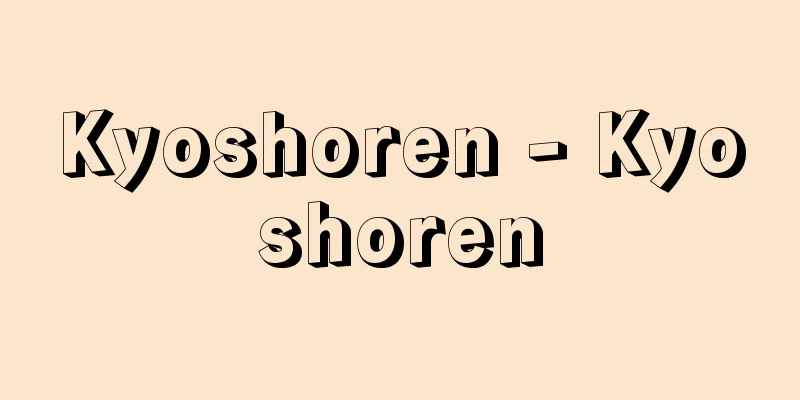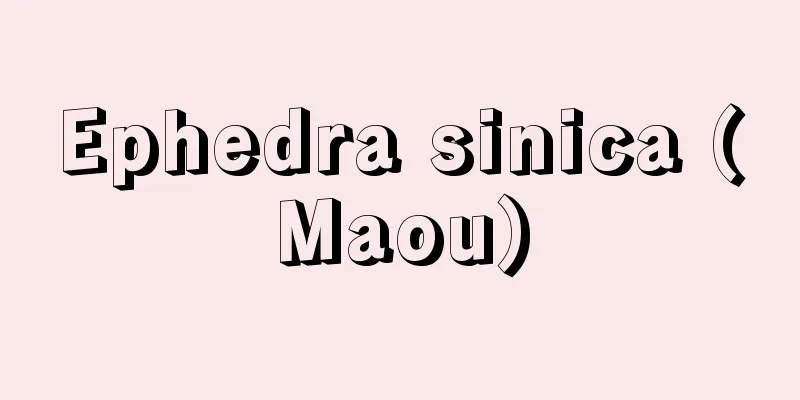Omoro - Funny

|
Omoro is an ancient folk song handed down in Okinawa and the Amami Islands, which was collected and compiled by the Shuri royal court into the Omoro Soushi. The nature of Omoro has become clear by comparing and examining the various folk songs that existed around Omoro. Umu, which was closely related to local festivals and played the role of sacred songs that were close to the lives of the people in the villages, was gathered in the central Shuri in the 16th century and included in the Omoro Soushi. When these songs were then specially named Omoro, it seems likely that this was when the names, song forms, and contents of the Umu were organized and refined centrally, using the Umu that had been passed down in the regions as their mother. Omoro can be thought of as originating from the incantations and words called Umui, Quena, Otakabe, Miseseru, etc., and includes a variety of content, including those similar to the Ryuka form with a lyrical inclination, but I think its essence can be positioned as a narrative song. In other words, the literary forms that preceded Omoro were the Miseseru and Otakabe as incantation literature, and the Quena and Umui as narrative literature, and the subsequent form was the lyric literature Uta (Ryukai song). Based on the contents of the songs included in the Omoro Soushi, Omoro is estimated to have been sung from around the 13th century to the beginning of the 17th century. With a few exceptions, the authors are unknown. If we had to say, like folk songs, society is the author. For this reason, it is difficult to understand the meaning of a single Omoro poem without clarifying the background folklore, beliefs, and worldview. Nakahara Zenchu divides the period in which Omoro was sung into three periods: the Buraku period, the Aji period, and the Kingdom period. The themes of the Buraku period were gods and the sun, and ritual ceremonies were central. During the Aji period, songs were often sung about castle construction, shipbuilding, tribute, trade, and praising the Aji, and the "Esa Omoro" song, which was accompanied by group dancing, was born. During the Kingdom period, non-rural themes such as praising the king, building temples, planting trees, tribute, shipbuilding, trade, voyages, and the conquest of islands became more common, and the "Eto Omoro" song, a type of work song, was born. However, the most eye-catching part of "Omoro Saushi" is the sacred song centered on the royal family, as represented in Volume 1, and it is clear that the creation of "Omoro Saushi" is deeply connected to the strengthening of centralism by the Second Sho Dynasty and the establishment of a ruling system in which religion and politics were united. Omoro song forms can be divided into three categories: the quena form, the omoro form, and a hybrid form that is a combination of the two. The quena form is a song form in which the narration of an event progresses while repeating pairs of words and phrases, and is a form that is universally shared by the sacred songs of the southern islands, and is thought to be an ancient form of song. The omoro form describes an event without repetition of pairs of words and phrases, and is characterized by short, structured narration and repeated repetition of the narration every fourth or fifth line, and is considered to be a new development in song form. A hybrid form that combines both of these forms is the most common among omoro. [Tonomori] Source: Shogakukan Encyclopedia Nipponica About Encyclopedia Nipponica Information | Legend |
|
オモロは沖縄、奄美(あまみ)諸島に伝わる古歌謡で、これを首里(しゅり)王府で採録編纂(へんさん)したものが『おもろさうし』である。オモロの周辺に潜在するさまざまの歌謡群を比較検討することによって、オモロの性格がかなり明らかになった。地方の神祭りに密着し、集落の人々の生活に寄り添って神歌としての機能を果たしていたウムイが、16世紀に中央の首里に集められ、『おもろさうし』のなかに収められたとき、ウムイに対するにことさらなオモロという呼称が生まれたものであろう。つまり、地方に伝わるウムイを母胎にして、呼称、歌形、内容などが中央的に整理され整えられていったものがオモロである、ということができる。オモロは、発生起源をウムイ、クェーナ、さらにはオタカベ、ミセセルなどとよばれる呪詞(じゅし)、呪言(じゅごん)につなげて考えることができ、また叙情的傾斜をみせた琉歌(りゅうか)形式に近いものまで多様な内容を含むが、その本質は叙事歌として位置づけることができると思う。つまり、オモロに先行する文学形式としては、呪祷(じゅとう)文学としてのミセセル・オタカベ、叙事文学としてのクェーナ・ウムイがあり、後続するものとして叙情文学のウタ(琉歌)がある。オモロは、『おもろさうし』に収録された歌の内容から、ほぼ13世紀ごろから17世紀初頭にわたって謡われたと推定される。作者は多少の例外を除いて不明である。しいていえば民謡と同じく社会がその作者である。それだけにオモロは、背景をなす民俗、信仰、世界観などを明らかにしないと、一首の意味をつかむことはむずかしい。 オモロの謡われた時代を仲原善忠(ぜんちゅう)は、部落時代、按司(あじ)時代、王国時代の三つに区分した。部落時代の主題は神であり、太陽であり、祭祀(さいし)儀礼が中心である。按司時代には、築城、造船、貢租、貿易、按司の賛美などが多く謡われ、集団舞踊を伴う「ゑさおもろ」が発生した。王国時代になると、国王の礼賛、建寺、植樹、貢租、造船、貿易、航海、属島征伐など非農村的な主題が多くなり、一種の労働歌である「ゑとおもろ」が生まれた。しかし、『おもろさうし』のなかでもっとも目をひくのは、巻1に代表される王家を中心にした神歌で、『おもろさうし』の成立が第二尚王朝による中央集権の強化と、それに伴う政教一致の支配体制の確立と深くかかわっていることが明らかである。 オモロの歌形は、クェーナ形式、オモロ形式、両者の複合した複合形式の三つに分類できる。クェーナ形式は対語・対句を繰り返しながら事柄の叙述を進めていく歌謡形式で、南島の神歌が普遍的に共有している歌形であり、古い歌形であると思われる。オモロ形式は、対語・対句による繰り返しをもたずに事柄の叙述を進め、叙述が短く構造化されていることと、その叙述を4行目もしくは5行目くらいで反復して繰り返すという特徴をもっていて、歌形の新しい発展と考えられる。この両者の形を複合的にあわせもつのが複合形式で、オモロのなかではもっとも数が多い。 [外間守善] 出典 小学館 日本大百科全書(ニッポニカ)日本大百科全書(ニッポニカ)について 情報 | 凡例 |
<<: "Omowakkuru Wakatagi" - Omowakkuru Wakatagi
Recommend
Antaisaka
Tanara is a general term for the people who live ...
Cryptobranchus alleghaniensis; hellbender
Order: Hynobiidae, Family: Hynobiidae. Appearance ...
Louis Philippe
1773‐1850 The last king of France. Reigned 1830-48...
Tritonia crocata (English spelling)
…[Tora Saburo Kawabata]. … *Some of the terminolo...
Copper shale (copper-bearing shale)
Permian shale rich in heavy metals found in centra...
Katokara - Katokara
...They have one egg per year, overwinter, and em...
Public telephone on the street
... Public telephones have developed remarkably s...
Hellertion
…In 1826, Jörg Mager (1880-1939) of Germany inven...
Fabre d'Eglantine (English spelling) FabredEglantine
…[Takashi Koi]. … *Some of the terminology that m...
Cassius - Gaius Cassius Longinus
A Roman politician and general in the final days ...
Luffa acutangula (English spelling) Luffa acutangula
…【Hoshikawa Kiyochika】. … *Some of the terminolog...
Legal stability
Legal certainty refers to a state in which the le...
Multiplication table - Kuku
Usually, this refers to the multiplication or mul...
Death by strangulation
Death occurs when a rope or similar object (cord)...
Supreme law - saikōhōki (English spelling)
It generally refers to a constitution, meaning a ...









